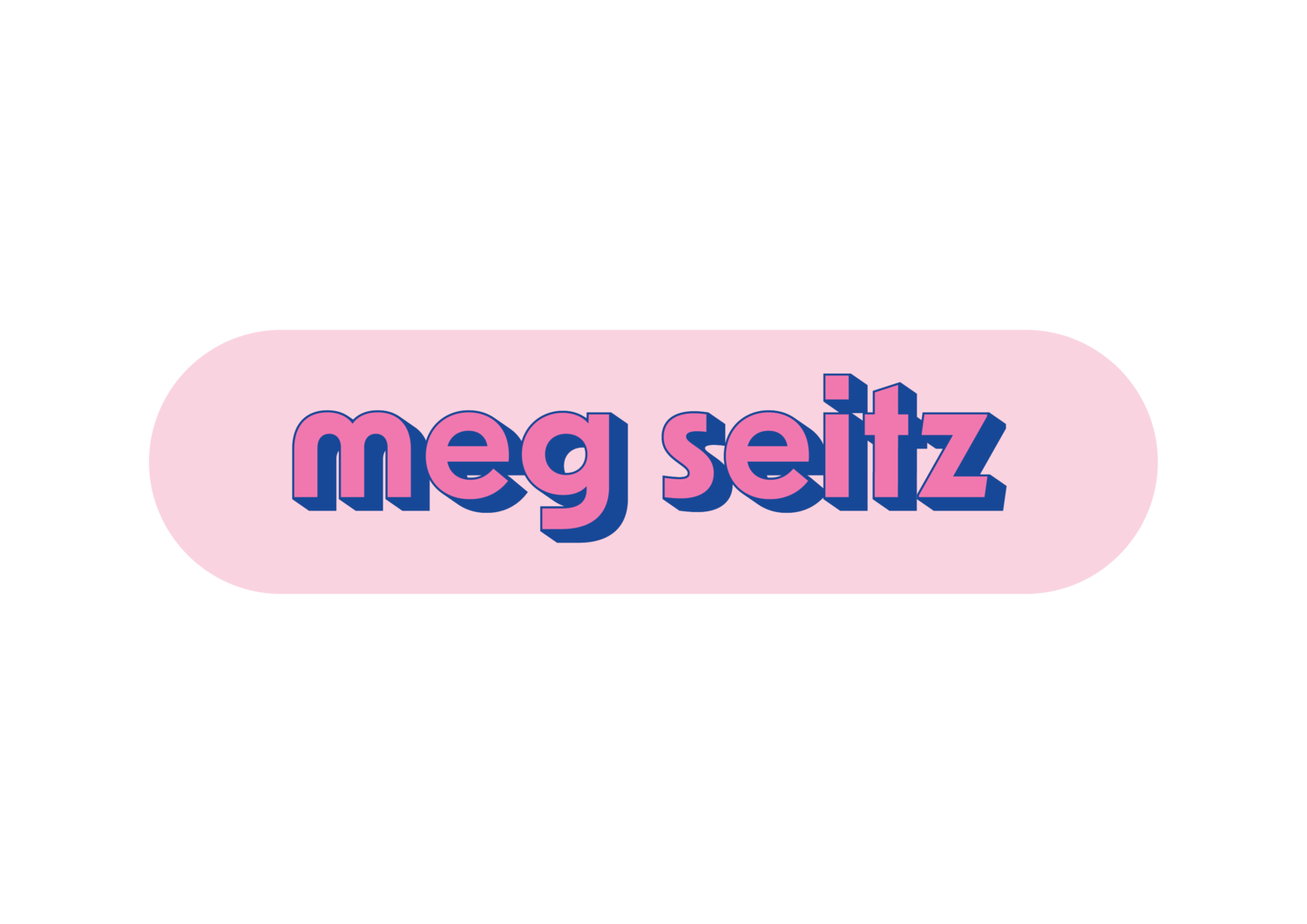What changes the way we tell the story
At 22 years old, fresh off an English degree from Kenyon College, one of my first professional projects out of college was writing a Teacher Resource Guide to accompany the production of 'Honus and Me' at City Theatre in Pittsburgh.
To update the audience - 'Honus and Me' is a children's novel by Dan Gutman that tells the story of a struggling, 10-year-old baseball player named Joe who finds a rare 1909 T-206 Honus Wagner baseball card; there are lots of lessons in there, but in a Sandlot-like experience, Joe finds himself meeting and tossing a ball with Wagner, the legendary Pittsburgh Pirate widely believed to be one of the most famous shortstops in baseball history. Playwright Steven Dietz adapted the book into a play, which played at City Theatre in 2006.
Writing the Teacher Resource Guide could have been a very simple plug-and-play exercise. But, as a recent college grad hungry for that $250 project, I ran with it - I emailed with the Pittsburgh Pirates archivists; I sat in on play's rehearsals; I went so far as to find Wagner's grave on the hillside of a cemetery in Jefferson Hills, Pennsylvania, maybe 20 minutes from where I lived.
Needless to say, I got really into it. 16 years later, it's still one of the professional projects I'm proudest of for a couple of reasons:
1. I was neither a teacher nor a baseball fan - I needed to find a way into this story;
2. Yes, this was a Teacher Resource Guide designed for teachers bringing students to see the show and to teach on the story and the themes, but, really, this was a people story;
3. When we choose to get really into something, it changes the way we tell the story. Yes, there's 360 degrees to a final product to show every angle and side; that's only really possible when we do 360 degrees of preparation.

